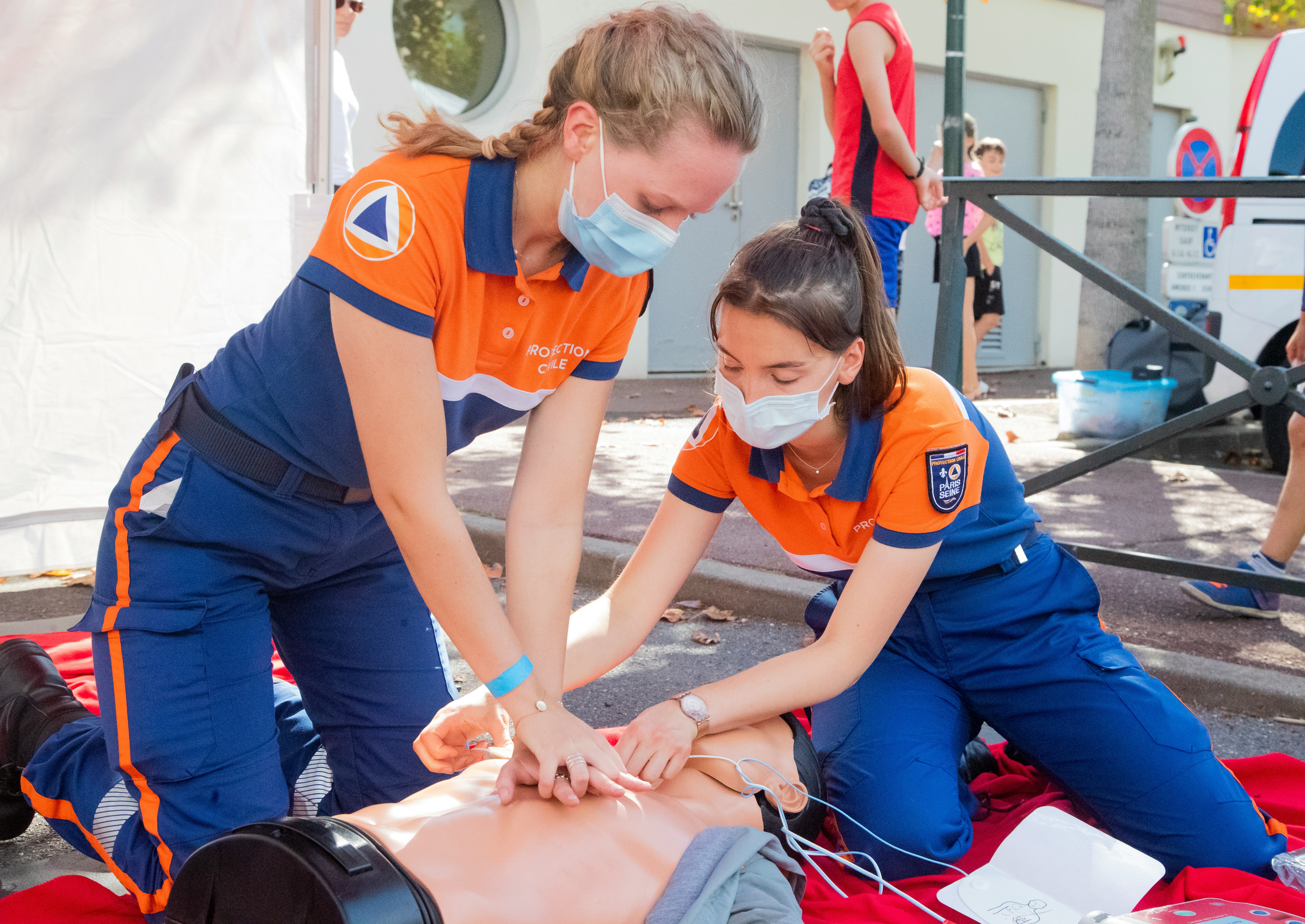What has to be known before performing first aid?
1. What should the perfect first aid kit contain?
It's time to talk about how must you be prepared to perform first aid, what the first aid kit should contain and we will warn that this technique ismandatory as long as there is no danger to the rescuer physical integrity.
The first thing is to define what is considered as First Aid (from now on FA): "immediate care that the person who has been injured receives from the moment of injury until he or she goes with medical personnel." An accident can be suffered in any place, at any time and in any situation.
Dear reader, to alleviate physical injuries you have to be trained in PA. As a real estate company it is our duty to mention that: every owners community', as a legal entity, has the obligation to hire an occupational hazards prevention course, aimed at the workers who make his/her job in this space.
After an incident we have to diminish quickly the possible physical and psychic consequences on the injured person. To fight against first consequences you have to train in PA, to fight the psychic: encourage, reassure, distract his/her mind, do not give bad news, explain what happened and announce that the health services will arrive soon. In any case, when practicing the APs we will always follow the sequence PAS acronym for: protect, assist and help.
The ideal situation when helping an injured person is to have a first aid kit -at home or at work there should always be one-. This must be protected from heat sources and must not contain expired items. In it there must be:
- Medicines: analgesics, antipyretics or anti-inflammatories.
- Creams and ointments: for muscle and joint pain, for burns and cream for allergic reactions.
- Antiseptics: oxygenated water, alcohol, etc. These are substances used to prevent infection of wounds.
- Sanitary material: cotton, sterile gauze pads, elastic bandage, adhesive tape, healing strips, round-ended scissors, tweezers, thermometer and disinfectant dressings.
Important telephones: it is recommended that we have in our first aid kit some emergency telephones, such as the one corresponding to each autonomous community, as well as those referred to toxicology information centers.
- A thermometer easy to read
- Thermal bag: to apply cold or heat.
2. FA actions with the help of Aegon and Previnsa:
1. You have to practice Self-protection and find out what is causing the injury: how will we save someone without taking care of our physical integrity? Impossible, you must protect yourself and always identify the origin of the injury. Sometimes it can be very evident but not always.
2. Check vital signs: pulse level, state of breathing, degree of consciousness or blood pressure.
3. How to take the pulse? By placing the tips of our index and middle fingers on the inside of the victim's wrist, below the base of the thumb. We press lightly and use a watch to count the beats per minute. The normal heart rate for an adult is between 60 to 100 beats per 60 seconds.
4. How do you know if the person injured is breathing? Visually by detecting that the area of the injured person's chest goes up and down as a result of breathing.
5. Which is his/her body temperature? Control its oscillations is vital.
6. Which is the eye pupil size? Does it have a photomotor reflex? We have to observe if it is dilated (mydriasis), or contracted (myosis). In addition, there are occasions when the photomotor reflex is lacking. All these data must be communicated to the health services when they arrive.
7. Chech his/her blood pressure: it can be taken with the appropriate equipment and once it is taken, it must be recorded.
8. Call the emergency number 112 (valid for the whole Europe): to follow the instructions of those who answered you.
9. Mark and evaluate: in an extreme situation everyone must be clear who is acting. We also need to examine the situation as soon as possible. Thus, latent and still active dangers must be identified. The assessment must focus on determining the degree of severity of the injury or injuries. Thus, people must be treated according to their degree of severity. In cases where it is impossible to access the victim, verbal communication must be attempted to find out the status.
3. Does the action of not practicing PA carry any legal responsibility if it can be done without danger by the rescuer?
Absolutely, according to article 195 of the Criminal Code: "Whoever does not help a person who is helpless and in obvious and serious danger, when he can do so without risk to himself or others, will be punished with an arrest sentence
major and fine".
In this sense, the criminal code makes a compilation of misdemeanors and crimes:
- Of injuries against persons
- Refusal to help
- Omission of the duty to assist
- Of punishable recklessness
- Against traffic safety
Preserving the health of others is everyone's business, so please share this article as an act of affection towards your circle of friends and family.
Next week we will go a step further and put them into practice.
